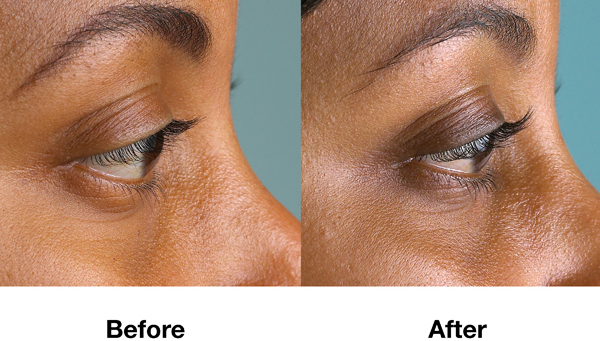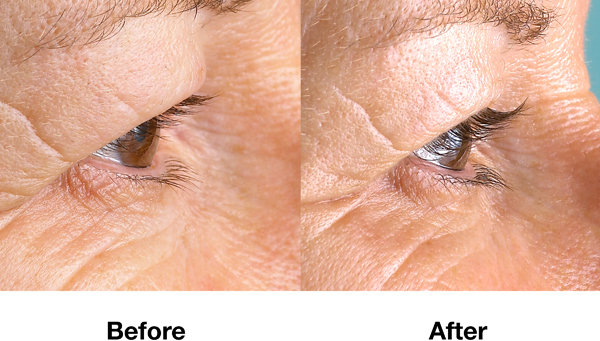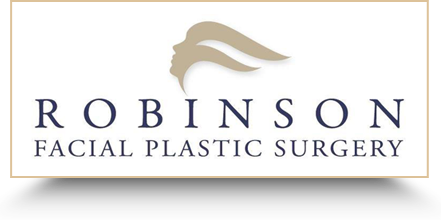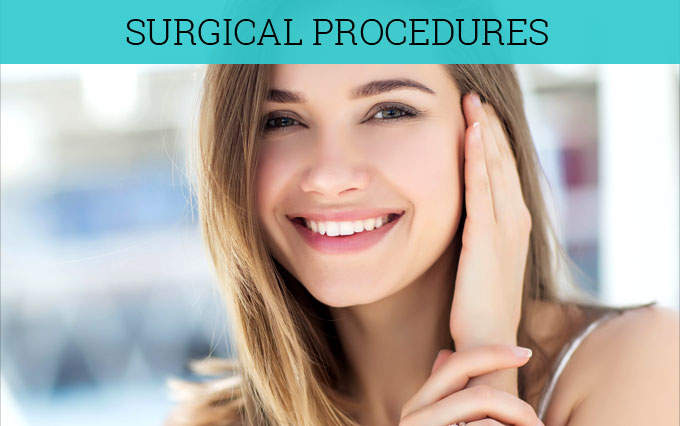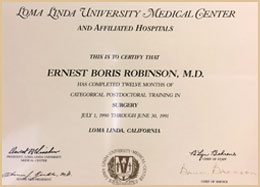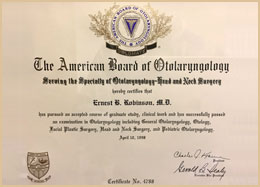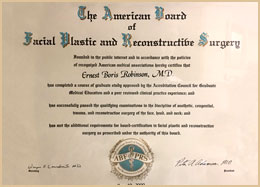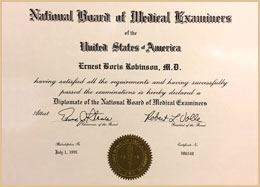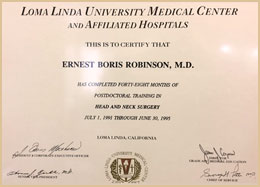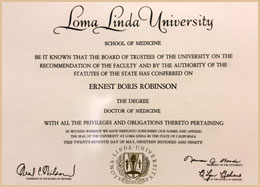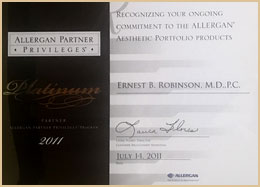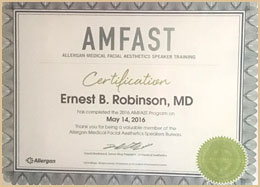Latisse Aliso Viejo
The lash effect
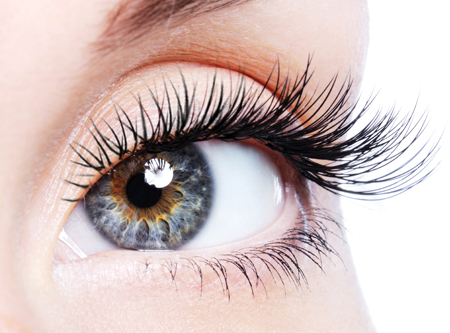 Long, full eyelashes are a commonly desired element of a youthful, beautiful face. Lorna Jackson runs through the active ingredients of eyelash enhancing products, both prescription-based and cosmetic
Long, full eyelashes are a commonly desired element of a youthful, beautiful face. Lorna Jackson runs through the active ingredients of eyelash enhancing products, both prescription-based and cosmetic
The appearance of long, thick eyelashes which can be fluttered flirtatiously at the opposite sex has always been a key element when looking at ideals of beauty. From babies to animals and even cartoon characters, the appearance of full lashes is an attractive feature.
People, especially women, have been dyeing, colouring, adorning and elongating lashes for thousands of years. Kohl first became popular with the Egyptians in around 4000BC, followed by Cleopatra and her famously depicted eye make-up in 6930 BC, all the way through to the invention of mascara in 1840 by Eugene Rimmel.
The first modern day mascara, made from mixing coal dust and petroleum jelly, appeared in 1913 from American chemist T L Williams who called his product Maybelline—a combination of his sister Mabel’s name and Vaseline. This was swiftly followed by the invention of false lashes made from human hair in 1916, eye lash curlers in the 1920s, waterproof mascaras in the 1930s and the current day mascara applicator wands and tubes in the 1950s. The concept of making eyelashes a prominent part of the face is by no means a new fashion.
Around half of all cosmetic sales are for mascara products, with over 60% of women worldwide being regular wearers. Research by Mintel in February 2012 even showed that 33% of 9–17 year olds wear mascara on a daily basis. According to Medical Insights, global sales of physician-dispensed eyelash products reached $164.1 million in 2012. Growth in the sector is projected at 10.2% per year until 2017.
Eyelash growth
Like other hair on our bodies, eyelashes have a similar growth cycle (anagen, catagen and telogen) and vary in thickness, proliferation and strength. However, what separates eyelashes from hairs on the scalp, for example, are unique properties of their growth cycle: a relatively long telogen phase and a short anagen phase, a slow rate of growth and a lack of influence by androgens. It is thought that these characteristics may allow for specially formulated products to make specific interventions, enhancing lash properties.
Some people may be predisposed to thin, fine, short or sparse lashes, while others have lost the lash fullness. Eyelash loss or damage can be caused by age or illness and associated medical treatments, such as alopecia or cancer treatment drugs. Other environmental factors include the over-use of eye make-up or removal products, false lashes, curling devices and UV exposure, which can make lashes brittle. The medical term for inadequate or too few lashes is hypotrichosis.
On the upper eyelids, we have around 100–150 lashes, arranged in two or three rows of follicles. The lower eyelashes are fewer in number, by about half. Their main function is to protect the eye from debris and trigger the blinking reflex.
The lifecycle of an eyelash can range from five to 11 months, with the anagen phase lasting one to two months and the telogen phase four to nine months. The differing lengths of the anagen phase amongst different individuals have an effect on the final hair length. Therefore, a product harnessing the ability to extend the anagen phase would be useful for enhancing lashes.
Key ingredients
Eyelash enhancing products fall into two main categories—prescription-only medicines and non-prescriptive, cosmetic formulations, which account for the majority. Licensing, safety and efficacy evidence requirements differ depending on the categorisation of the products. In the US, much legal wrangling has occurred over the composition of many products and their marketing or legal claims.
There are two main types of ingredients currently used in eyelash enhancing products; prostaglandin analogues—commonly prescriptive drugs—and peptides.
The key to all eyelash enhancing products is how high up the ingredient list the active ingredient is. The further down the list, the lower the concentration which will likely have a bearing on the speed of effect and consequent results. This will affect patient satisfaction and perceived value for money if they don’t see results as quickly as they expect.
Product marketing is tricky—claiming that the product can “grow” lashes is avoided, as this implies a medical outcome rather than a cosmetic one. Instead, popular terms include claims of ‘conditioning’, ‘fuller-looking’ and ‘thicker appearance’. Some US manufacturers include a disclaimer indicating that their products are cosmetics by stating the product “is not intended to stop, prevent, cure, relieve, reverse or reduce eyelash or eyebrow loss or to promote the growth of eyelashes or eyebrows.”
Prostaglandin analogues
Almost twenty years ago, ophthalmologists noticed that some prostaglandin (PGF)-based drugs prescribed to treat patients with glaucoma or ocular hypertension were causing the side effect of increased eyelash growth, or hypertrichosis.
Various prostaglandin analogues, available to eye specialists, are now documented as causing varying degrees of hypertrichosis in glaucoma patients. They also cause less desirable side effects including increased pigmentation in the surrounding skin of the eye and in the iris.
In 2007, Allergan embarked on clinical trials using their 0.03% bimatoprost prostaglandin analogue, Lumigan—the ethylamide derivative of 17-phenyl-trinor PGF2alpha—for cosmetic use as an eyelash enhancer, with plans to initially launch it under the name Lumilash. The following year, the product (rebranded as Latisse) was approved by the FDA as a prescription-only product to “increase the length, thickness and darkness of eyelashes in people with hypotrichosis of the eyelashes”.
Bimatoprost activates prostamide alpha F2 receptors found in the hair follicle to stimulate its growth rate. It is a lipid compound derived from fatty acids which is designed to bind to prostaglandin receptors which are present in the hair, particularly in the dermal papilla and outer root sheath. Although the precise mechanism of action is unknown, prostaglandin receptors are thought to be involved in the development and regrowth of the hair follicle by increasing the percent of hairs in, and the duration of, the anagen phase. The company claims results are visible after eight weeks, with full results at 16 weeks. However, lashes will eventually return to normal through a hair growth cycle if the product is discontinued.
However, there is a lengthy list of potential side effects from bimatoprost use for cosmetic eyelash growth including: burning sensation (eyelid), erythema periorbital, eye swelling, eyelid irritation, eyelid oedema, eyelids pruritus, iris hyperpigmentation, lacrimation increase, madarosis and trichorrhexis (temporary eyelash loss and temporary eyelash breakage, respectively), periorbital and lid changes associated with a deepening of the eyelid sulcus, rash (including macular, erythematous, and pruritic limited to the eyelids and periorbital region), periorbital skin discolouration and blurred vision.
Latisse is a single use product with disposable applicators required to deliver the solution—one per eye, per application. While this is not required with many cosmetic products available on the market, Allergan argue that the sterile, dose-specific brushes ensure accurate application by the patient, thereby avoiding potential side effects such as increased brown pigmentation to the pupil.
Several companies have created controversial products based on prostaglandin analogues at various concentrations as non-prescription cosmetics, leading to legal action, withdrawals and reformulations. While products can legally contain prostaglandin analogues, the issue between ‘medical’ and ‘cosmetic’ comes down to the concentration used. Cosmetic products use very low concentrations—the active prostaglandin analogue is often at the end of the ingredient list by percentage, so in some cases peptides are included to boost the effect.
To avoid being classed as a medicine which requires a licence, the manufacturer needs to be careful about the physiological or anatomical changes that the product can have on the body, such as hair growth or pigmentary changes. This all makes the regulation of eyelash enhancers, just like cosmecuticals and other contentious products like dermarollers, a controversial arena.
Peptides
When using a prostaglandin analogue as a base for a cosmetic lash enhancer, many manufacturers have investigated the use of peptides as an alternative, to improve lashes. Some have incorporated widelyused and ready-formulated peptides, along with added botanicals and moisturisers, while others have created proprietary and patented formulations of their own.
The use of peptides has led to increased marketing efforts pointing out that products are non-prescriptive and prostaglandin-free, and are therefore side effect free. One of the commonly used peptides is myristoyl pentapeptide-17. Both this peptide and myristoyl pentapeptide-16 were developed by Symrise who create active ingredients for the cosmetic industry. Their clinical trials have shown a 25% increase in lash length when the peptide is used in eyelash serums.
It is believed that the peptides encourage eyelash growth by stimulating the keratin genes in the body, which are responsible for growing the lashes. The peptide is also commonly found in fingernail strengthening products.
The market for eyelash enhancing products is fast becoming inundated. All products promise essentially the same thing and are not always able to adequately prove efficacy through hard clinical data. Comparative trials and studies are conspicuous by their absence.
A number of brands have reformulated over the years, many resulting from legal issues, leaving consumers wondering which formulation is better and making brand loyalty an issue for some. Without peer reviewed data and comparison studies, it is impossible to take on board more than this anecdotal evidence when deciding which camp to choose.
Choosing a product therefore requires research, considering the compounds used, their concentration and history in hair enhancement science. Costs to the practitioner and clients also need to be taken into account. A high price tag is not proof of efficacy, so it’s key to compare and contrast the active ingredients and available data to ensure you make the right choice for you and your patients.
It’s worth noting that all products state that discontinuation of use will result in the eyelashes returning to their original state during one cycle of the hair growth. Once the desired results are achieved, users will need to spend money on ongoing maintenance top-ups using the products at least twice a week—therefore ensuring repeat purchase!
Most evidence and drive within the eyelash enhancement market lies in the prostaglandin analogues. However, ongoing research shows that other options may be open to exploration.
A paper published this year showed a comparison between four prostaglandin analogues of rabbit eyelashes, concluding: “Only bimatoprost is approved for growing eyelashes, and our research shows that tafluprost could be further explored by the cosmetic and pharmaceutical industry.
Additional research using travoprost and latanoprost as agents for eyelash growth should be performed in the future using prolonged treatment periods to determinate whether or not these prostaglandin analogues induce eyelash growth, and investigate other possible side effects.”
Despite comprehensive data to back up the science, safety and efficacy, the simple act of requiring a prescription will mean that many of the cosmetic products will still maintain good market share due to their greater availability and reduced cost to the consumer.
However, many medical aesthetic clinics will no doubt be keen to offer premium products not accessible in beauty salons and on the Internet.
Dr. Robinson and staff welcome patients from Aliso Viejo, Irvine, Laguna Hills, Laguna Niguel, Lake Forest, Mission Viejo and surrounding communities.
If you don't like your eyelashes, you don't have to live with it. Our Latisse system can help. Call Robinson Facial Plastic Surgery at (949) 831-5900 or use our convenient Request an Appointment form.
 ALPHAEON BEAUTY Eyelash Serum
ALPHAEON BEAUTY Eyelash Serum
Hydrates and conditions lashes, resulting in the appearance of longer, fuller eyelashes.
| PATIENT | All types |
| APPLICATION | Apply Serum to the base of the upper eyelashes using the application brush provided. |
| RESULTS | After 8 weeks of use: 80% of the women in the study agreed that the Serum improved their overall lash appearance. 76% agreed that their lashes appeared longer, thicker amd more conditioned. 72% agreed that their appeared less sparse. |
Before & After Photos
